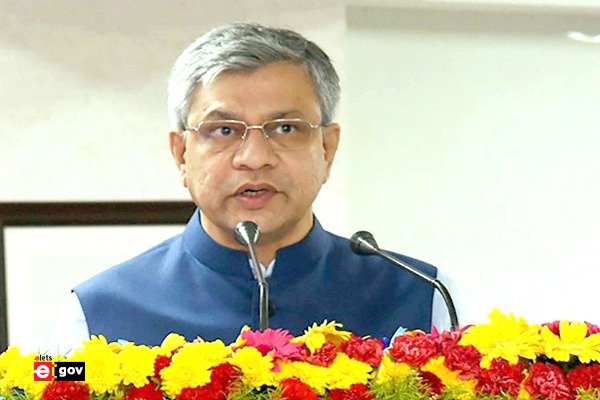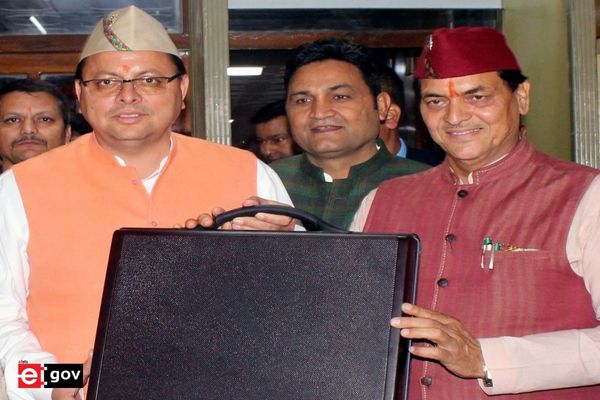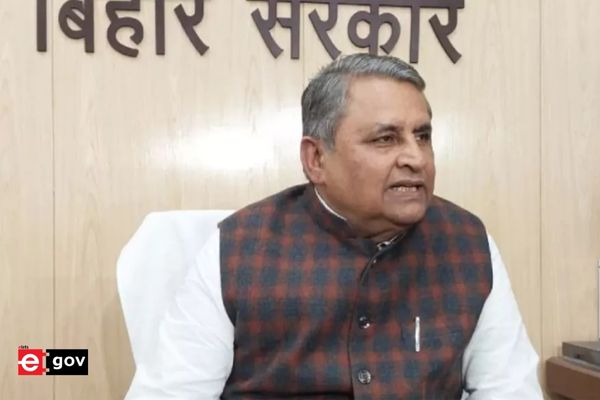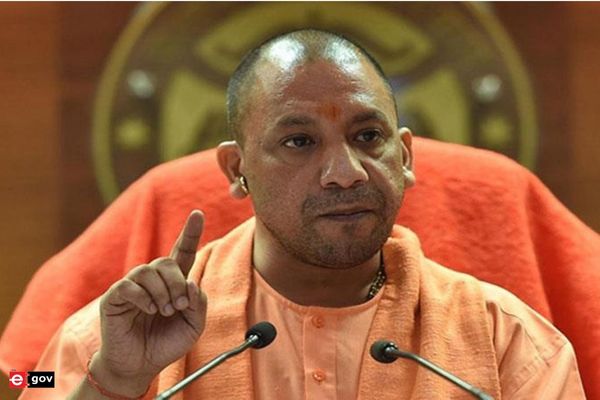
 Budget 2018-19 will be the first budget post one of the most significant economic/taxation reform in India – the legendary GST. This year is definitely going to be crucial for sectors impacted by GST and we anticipate it being the most optimistic step taken by the government for all industries and overall economic development of India. From relaxation in tax rates, to focusing more on the infrastructure spending to recover the capex cycle, the expectation from this year’s budget are off the charts!
Budget 2018-19 will be the first budget post one of the most significant economic/taxation reform in India – the legendary GST. This year is definitely going to be crucial for sectors impacted by GST and we anticipate it being the most optimistic step taken by the government for all industries and overall economic development of India. From relaxation in tax rates, to focusing more on the infrastructure spending to recover the capex cycle, the expectation from this year’s budget are off the charts!
The tax structure is majorly expected to undergo a change after the budget announcement, mainly in the direct tax structure including income tax because of the effort to make direct taxe s contemporary so as to match with the current requirements. There is a possibility for the recapitalisation of public sector banks; the government is expected to raise about Rs 70,000 crore within the first quarter of the year. As per the recent reports, there is a possibility that Government. may abolish DDT (Dividend Distribution Tax) that has a current applicable rate of as much as 20 per cent. Also, owing to the game-changing introduction of GST, over 12 different taxes like VAT etc have been subsumed and thus, all decisions pertaining to indirect tax on goods and services will now be done by the GST council. Above all, it is anticipated that there might be a change in the financial year being followed from January to December instead of April to March from the year 2018 onwards. This is highly possible as MP has already become the first state to declare this shift in its FY format.
With regards to the banks, one can expect higher incentives and better budget allocation to enhance the credit flow to MSMEs. There can also be incentives for financing of the long term projects in roads and railways. A probable reduction in the rate of corporate income tax, down to 25 p;er cent expected and will be taken positively by technology companies, falling in the lower tax brackets. Looking at the SME sector, we believe certain proposals in the 2018 budget are likely to provide several financing incentives to the enterprises seeking to develop SMEs and other markets etc. All sectors’ functioning including the SMEs will also come under the GST framework. Looking at a broader perspective, we expect:

- GST structure should undergo transformation post the budget 2018; the 4 rates should ideally be converted to only 2 rates in order to reduce the level of complexity prevailing in the market at present. A proper analysis is required to be done to sort out this complexity as often there is a clash between ascertaining the category for one single product. It gets difficult many times to distinguish between a particular product belonging to which code (HSN & SAC are two types of codes) as there are more than one code for one product/ service. Moreover, the rate fluctuation is too high and the reduction in rates is too much, thus, causing for one product to move from, say 28 per cent category to 5 per cent like restaurant bills. Thus, aside from the 0% rate for necessities (currently there are 1200 that fall under 0%), there should be made 2 rates such as, maybe 18% and 28% for example, instead of 5%, 12%, 18%, 28% at present.
- Employees should ideally be given an option to choose between health insurance cover and the mandatory ESI. This is primarily because the people, in general, are starting to value medical care way more than ever before and thus, ESI, despite of being better in terms of providing some extra benefits within the same cost, does turn out to be rather basic, not covering every treatment cost or additional expenses. Moreover, the number of hospitals covered in the ESI is way too limited and there are not just long ques on a daily basis for the routine treatments but also for there is a at times a waiting for months and years for some of the major treatments for severe diseases like cancer. The plight of hospitals has badly affected the people thereafter, having them struggling for even the basic medical facilities. In health insurance covers, there are several choices with different companies offering different plans to suit the lower or higher medical requirements of an individual in relation to one’s potential capacity to pay the premium amount. Also, the hospitals covered are significantly higher as well as way more professional, thus, facilitating better and faster treatment provisions. And, this alternative being made available to the workers can not only empower them but also lend a competitive edge and an automatic pressure to improve the services offered by ESI scheme.
- Also, the EPF scheme should much rather be substituted by the NPS scheme once the new budget announcement is made, simply attributing to the convenience and the benefit of the employees. The NPS structure, administrative functionality and compliance in general is much more suited to the investor’s needs and allows for a far greater choice when it comes to allocation of savings. The annual nominal return for the NPS, too, is relatively way better for the investor as it is higher in a shorter timeframe than the EPF. Also, while some may argue that EPF facilitates more flexibility in utilizing one’s funds, the essential element of annuity in the NPS scheme helps in encouraging a more regular income source on retirement. Thus, NPS is a good option in itself, particularly, in terms of better returns and investment choices and can certainly substitute the EPF. Moreover, considering the different retirement requirements, an employee may also choose to invest in both PF and NPS.
(Views expressed in this article are of Ankit Agarwal, MD at Alankit Limited only)

Be a part of Elets Collaborative Initiatives. Join Us for Upcoming Events and explore business opportunities. Like us on Facebook , connect with us on LinkedIn and follow us on Twitter, Instagram.











